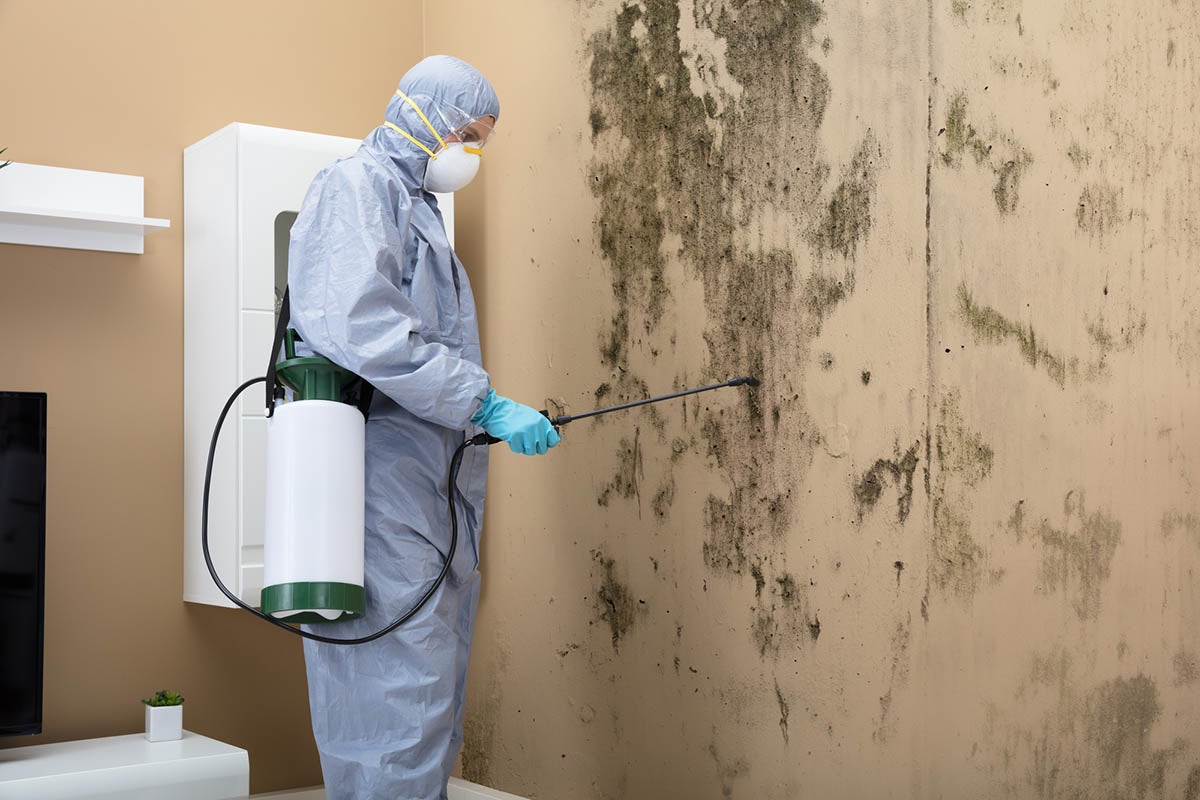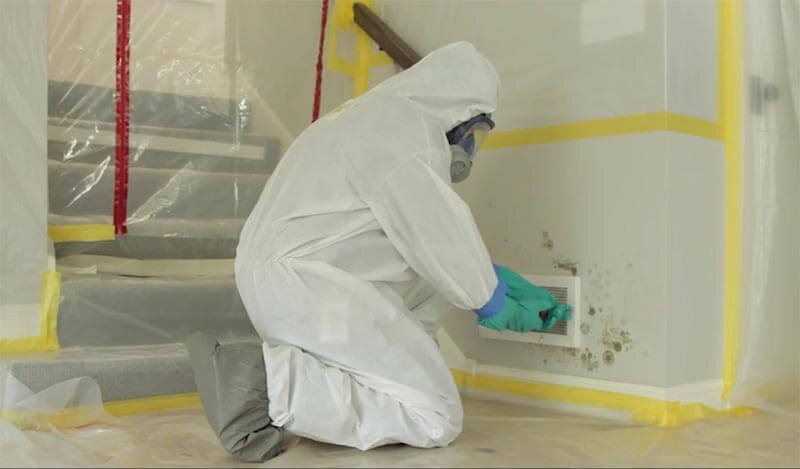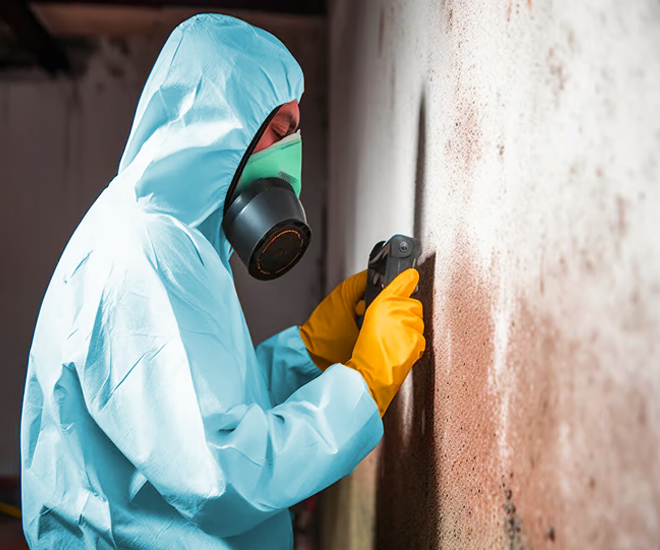Your Ultimate Overview to Article Mold And Mildew Removal Methods
Browsing the world of post-mold remediation methods is a careful process that demands focus to information and a comprehensive understanding of the details entailed. In the results of mold and mildew invasion, understanding how to effectively get rid of the mold and mildew and prevent its reoccurrence is extremely important for keeping a healthy indoor setting. From choosing the best cleansing and decontaminating techniques to executing strategies for lasting mold avoidance, each action in the remediation trip plays an important role in ensuring a successful outcome. As we embark on this expedition of post-mold remediation strategies, we will uncover the vital methods and finest practices that can aid you restore your space to its pre-mold problem and secure it against future mold and mildew threats.
Recognizing Post-Mold Remediation Refine
After finishing the mold removal process, it is essential to recognize the post-mold removal techniques that are essential to make sure a complete and efficient cleanup. When the mold has been gotten rid of, the next step entails cleaning and disinfecting the impacted locations to avoid any regrowth of mold and mildew.
In addition, conducting a last assessment post-remediation is vital to make sure that all mold and mildew has been efficiently eradicated. This examination must involve a comprehensive aesthetic check in addition to possibly air tasting to confirm the lack of mold spores airborne. Added remediation might be required if the inspection exposes any kind of sticking around mold. Lastly, enlightening occupants on precautionary measures such as managing dampness degrees and promptly attending to any water leaks can aid keep a mold-free environment.
Effective Cleaning and Disinfecting Methods

Protecting Against Future Mold Development

Importance of Correct Air Flow
Appropriate air flow plays an essential function in avoiding dampness accumulation, a key variable in mold development within interior important link environments. Efficient air flow systems assist eliminate excess humidity from the air, reducing the possibilities of mold spores discovering the moisture they require to spread and sprout. Without adequate air flow, indoor rooms can become a breeding place for mold, leading to possible health risks and architectural damage.
By making sure proper air flow, air flow systems can also assist in drying damp locations more swiftly after water damage or flooding occurrences, better discouraging mold and mildew growth. what to do after mold remediation. In areas like bathrooms, attics, cellars, and cooking areas where dampness levels tend click here for more to be higher, installing and preserving efficient ventilation systems is critical in preventing mold infestations

Tracking and Maintenance Tips
Given the important role that correct air flow plays in preventing mold and mildew development, it is crucial to develop effective surveillance and upkeep suggestions to ensure the ongoing performance of air flow systems. Routine evaluations of air flow systems must be conducted to examine for any type of signs of clogs, leaks, or breakdowns that could restrain appropriate air movement. Tracking moisture levels within the home is also crucial, as high moisture can add to mold growth. Setting up a hygrometer can help track moisture levels and sharp house owners to any type of spikes that may require focus. Furthermore, guaranteeing that air filters are frequently cleaned or replaced is important for maintaining the efficiency of the air flow system. Applying a timetable for regular upkeep jobs, such as air duct cleansing and a/c system examinations, can assist avoid concerns prior to they escalate. By staying conscientious and positive to the problem of ventilation systems, homeowner can efficiently minimize the risk of mold regrowth and maintain a healthy and balanced indoor setting.
Conclusion
To conclude, you can check here post-mold remediation techniques are essential for ensuring a secure and clean environment. Understanding the procedure, carrying out efficient cleaning and disinfecting methods, protecting against future mold and mildew growth, maintaining proper air flow, and routine monitoring are all crucial action in the removal procedure. By adhering to these guidelines, you can effectively get rid of mold and mildew and prevent its return, promoting a healthy and balanced living or working space for all passengers.
In the consequences of mold infestation, recognizing exactly how to properly eradicate the mold and mildew and avoid its reoccurrence is extremely important for preserving a healthy and balanced indoor atmosphere. Once the mold has been removed, the following action includes cleansing and decontaminating the influenced locations to stop any regrowth of mold - Post Mold Remediation. After eliminating noticeable mold growth, it is crucial to clean all surface areas in the damaged area to get rid of any kind of remaining mold and mildew spores. To even more boost mold avoidance measures, it is vital to address underlying problems that at first led to mold and mildew growth.Given the vital duty that correct ventilation plays in preventing mold growth, it is necessary to establish efficient tracking and maintenance pointers to guarantee the ongoing performance of air flow systems